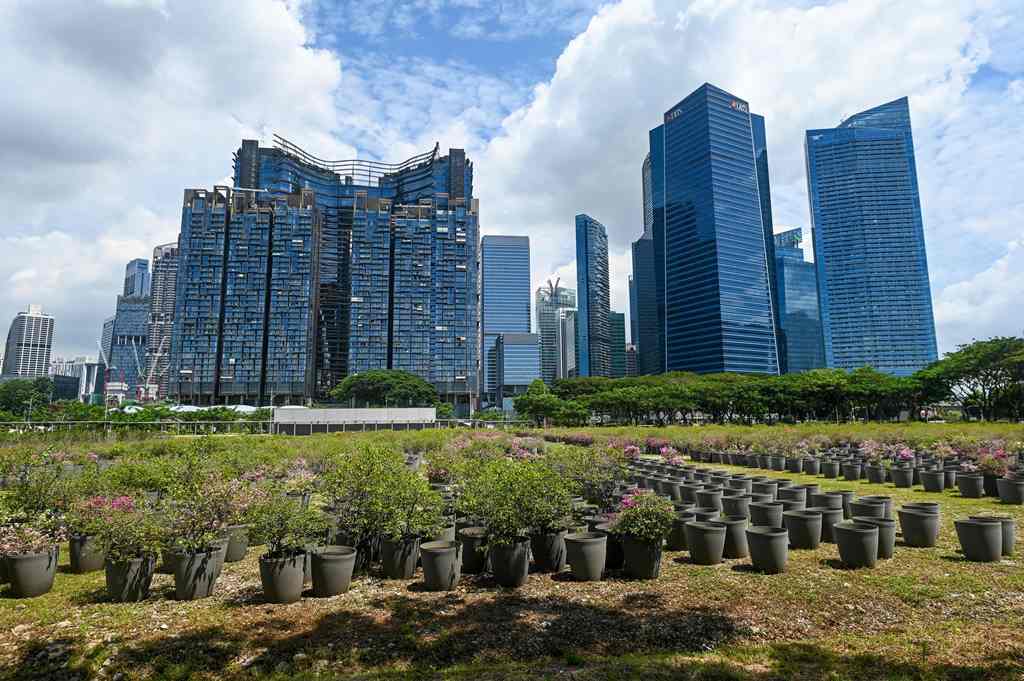SINGAPORE (AFP) – Singapore on Monday downgraded its economic growth forecast for this year, the government said, as the trade-dependent nation braces for the effects of sweeping US tariffs and the US-China trade war.
Although President Donald Trump imposed the baseline 10 per cent tariffs on Singapore, the city-state is vulnerable to a global economic slowdown caused by the much higher levies on dozens of other countries because of its heavy reliance on international trade.
The Ministry of Trade and Industry (MTI) said preliminary estimates show that the economy grew 3.8 percent year-on-year in the first quarter, slower than the previous quarter’s 5.0 per cent.
However, it said economic growth for this year was now expected to come in at 0.0-2.0 per cent, compared with its previous forecast of 1.0-3.0 per cent.

“The sweeping tariffs introduced by the US, and the ongoing trade war between the US and China, are expected to weigh significantly on global trade and global economic growth,” the ministry said.
“In particular, the growth outlook of the US has deteriorated as rising import costs are likely to weaken consumption. China’s growth outlook has also softened as its exports growth is expected to stall amidst the trade war with the US.”
Growth for the rest of Asia “will be negatively affected by a fall in external demand due in part to the tariffs’ wider impact on global trade and growth,” it added.
The ministry said “the situation will continue to evolve as the US and other economies weigh their moves amidst heightened market volatility”.
In a separate move, the central bank Monetary Authority of Singapore (MAS) eased monetary policy for the second time in a row to help deal with the effects of the sweeping US tariffs.
The MAS said it would reduce the rate of appreciation of its policy band known as the Singapore dollar nominal effective exchange rate, as it lowered core inflation projections due to the expected weaker economic outlook.
MAS manages monetary policy through the exchange rate instead of interest rates by letting the Singapore dollar strengthen or weaken against currencies of the country’s main trading partners within an undisclosed band.


